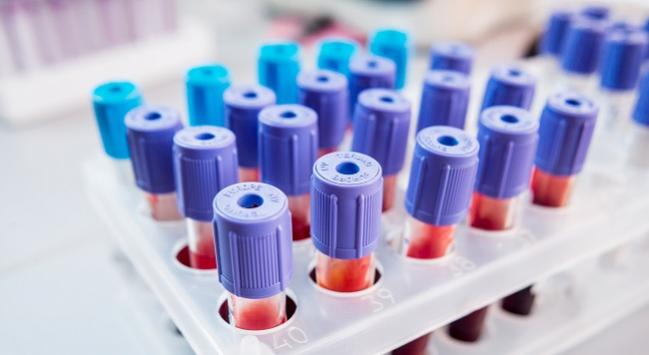Another Bad Cholesterol to Worry About
Most of us older folks have regular doctor visits, many of which are accompanied with blood and possibly urine tests. These tests check for A1C levels, cholesterol, triglycerides and a host of other items found in the blood that can indicate we are healthy or some kind of condition.
If you see a report on your blood and urine tests, it may remind you of something you would see in a chemistry class, but most of these are important health indicators.
When you see your cholesterol results, you generally see two figures, one for HDL and one for LDL. At our age, cholesterol levels seem to become more important.
HDL stand for high-density lipoprotein. We know it better as good cholesterol. WebMD describes HDL as:
“HDL cholesterol is the well-behaved ‘good cholesterol.’ This friendly scavenger cruises the bloodstream. As it does, it removes harmful bad cholesterol from where it doesn’t belong. High HDL levels reduce the risk for heart disease — but low levels increase the risk.”
“What Makes HDL Cholesterol so Good?”
“HDL is short for high-density lipoprotein. Each bit of HDL cholesterol is a microscopic blob that consists of a rim of lipoprotein surrounding a cholesterol center. The HDL cholesterol particle is dense compared to other types of cholesterol particles, so it’s called high-density.”
Then there is the infamous bad cholesterol – LDL – low-density cholesterol. WebMD describes LDL as:
“LDL is a microscopic blob made up of an outer rim of lipoprotein and a cholesterol center. Its full name is ‘low-density lipoprotein.’ It’s bad because it becomes part of plaque, the stuff that can clog arteries and make heart attacks and strokes more likely.”
The recommended levels of total cholesterol, HDL and LDL are:
Total cholesterol – less than 200 mg/dL
HDL cholesterol – 40 mg/dL or higher
LDL cholesterol – less than 100 mg/dL
Did you know that there is actually a second BAD cholesterol that is rarely tested for?
It’s called lipoprotein(a) or Lp(a).
According to Healthline:
Lp(a) is a small protein that can travel in high levels through your bloodstream, accelerating the creation of harmful plaque that can block your arteries.
“As it flows through, clumping together more and more plaque, your artery will gradually narrow, limiting the blood supply needed to pump to your heart and brain. This leads to an increased risk of blood clots, heart attack, stroke, and aortic stenosis.”
“Genetics is behind this kind of cholesterol — a potential risk factor for heart disease many people might not know they even have.”
“In fact, Lp(a) is the most prevalent genetic risk factor for coronary heart disease and aortic stenosis, wrote Sandra Revill Tremulis, founder of the Lipoprotein(a) Foundation, a nonprofit aiming to raise awareness about Lp(a) and the heart risks it can bring.”
To find out if you have a high level of Lp(a), you have to ask your doctor to run a separate blood test. A healthy level is less than 30 mg/dL.
How prevalent is Lp(a), according to the Lipoprotein(a) Foundation, about 63 million Americans have high levels of Lp(a) and most don’t know it, that’s about 20% of the total population.
Since Lp(a) is largely genetic, if you have a family history of heart disease, it might be wise to ask your doctor to test you for Lp(a) cholesterol.









Recent Comments